Photographer Weaving with Tones and Photos | 10 Questions for Naoki Miyashita | ISSUE #11
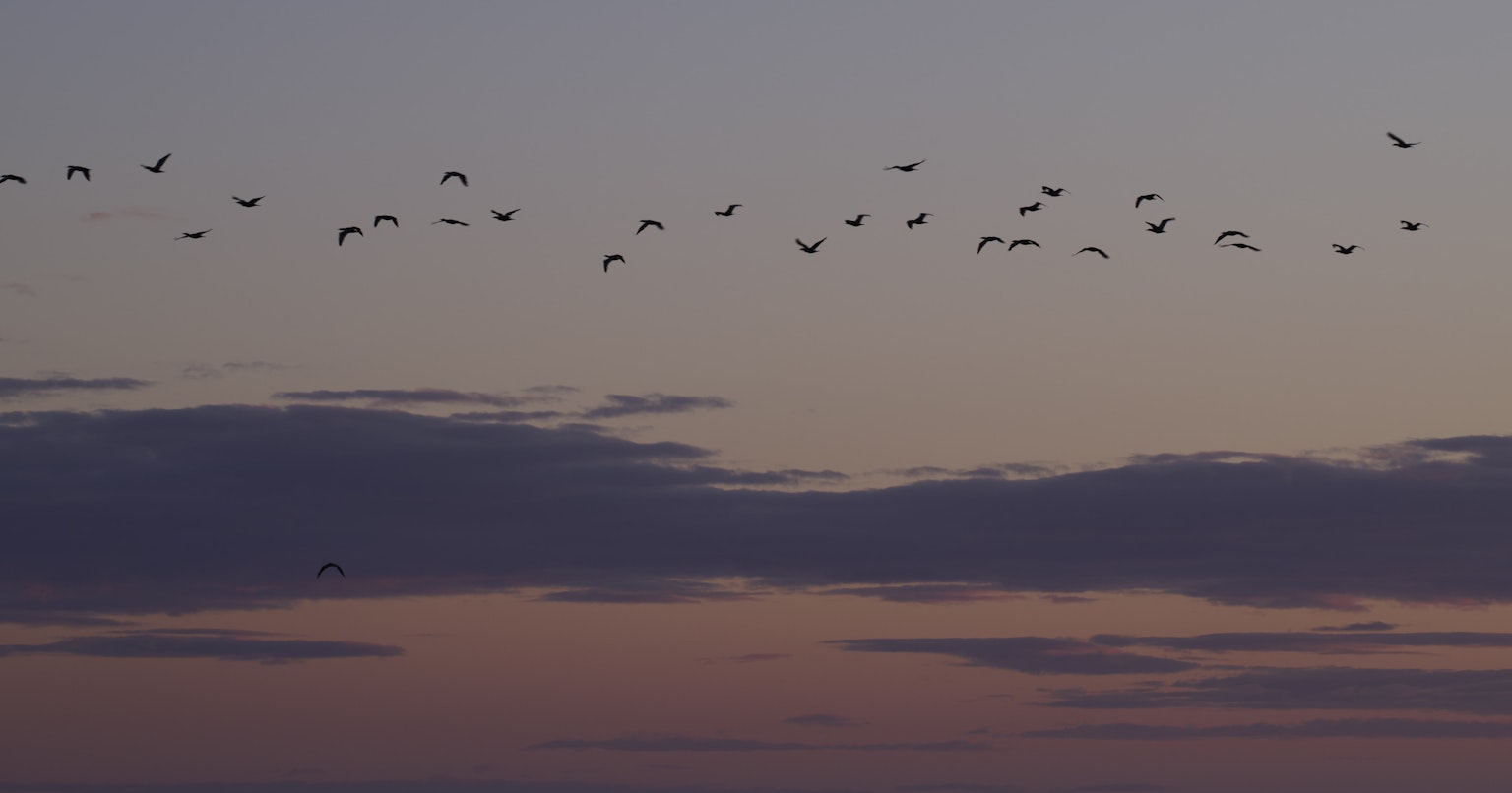
'ISSUE' delves into the sensibilities and thoughts of creators worldwide. A source of new inspiration.
In 'ISSUE #11', through 10 questions to Naoki Miyashita, a photographer/videographer, we explored his approach to work and the reasons he continues to hold a camera.
Q1. About You
I was born in Kyoto in 1978. I lived in Kyoto until high school, and then attended university in Saitama, where I studied German.
After graduation, I worked in sales at an advertising agency in Tokyo for five and a half years, mainly handling campaign promotions. Although I wanted to work in a field that involved 'sound, words, and visuals', I ended up in sales (laughs).
It was as tough as I imagined. I often wondered how everyone, including myself, managed to survive.
After helping to start a company with friends, I eventually chose to become independent. Initially, I continued with similar work from my past, but it was exhausting, so I also did graphic and web design work within my capabilities. I spent about half of each month in Kyoto, engaging in projects and events related to traditional arts and culture.
I didn't initially venture into photography, which was more of a hobby, but while using a 'GR DIGITAL II' for work, I encountered many photos that made me wonder, 'Why can't I take photos with such bokeh?' That's when I bought my first DSLR. I thought, 'Anyone can take great photos!' and gradually got into photography. In 2015, I decided to focus on 'photography and video' as my career.
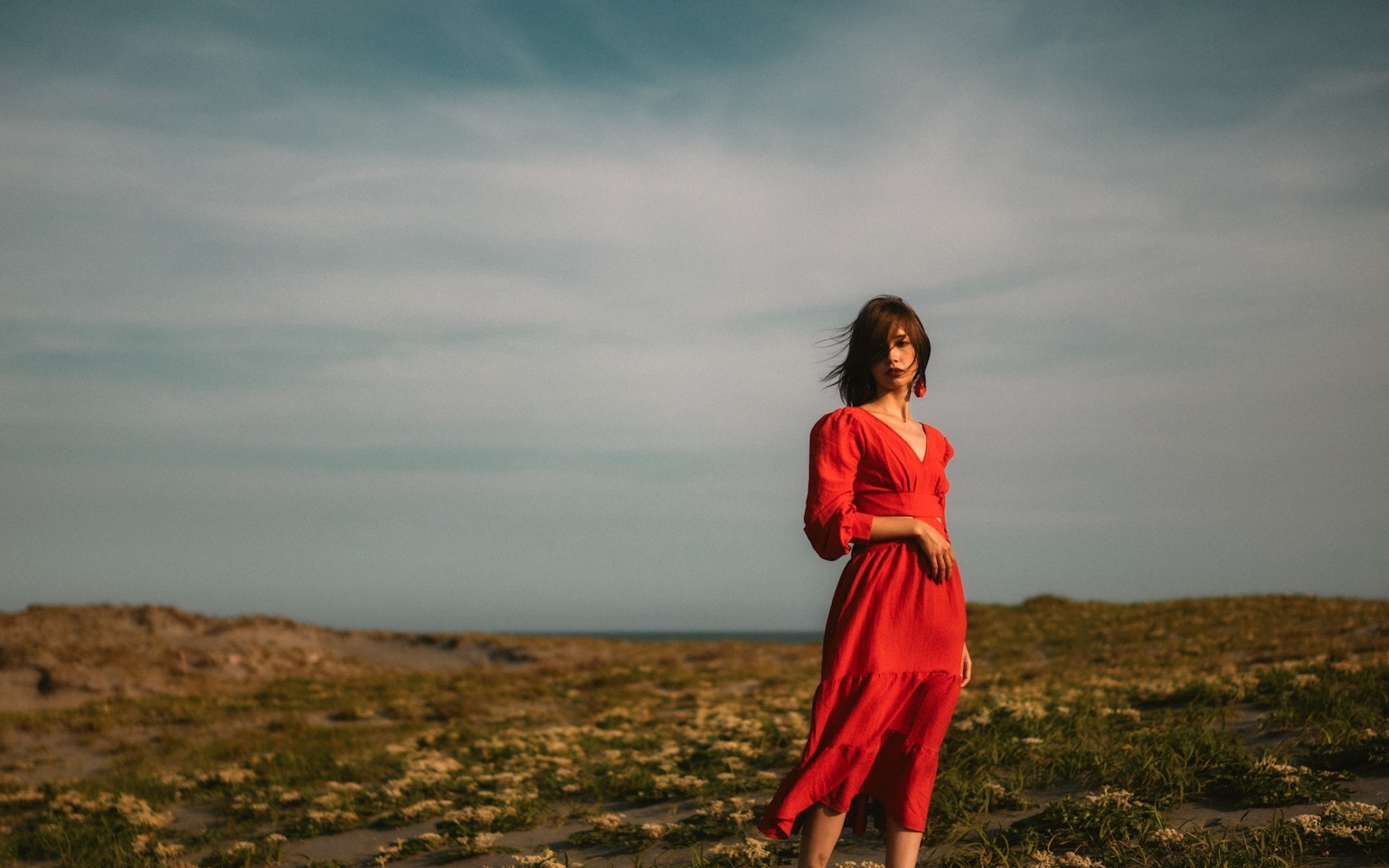
Image by MIYASHITA NAOKI
Q2. First Memory of Taking Photos
Since I was studying foreign languages, I often traveled alone. I took a toy-like compact digital camera that my family owned on trips abroad. I didn't know much about cameras back then, but I remember using models like Nikon and FujiFilm.
After finishing job hunting, I bought a 'Lomography'. It felt like the first camera I chose myself.
Honestly, there's hardly any photo from back then that I find impressive now, but the black tones captured by Lomography were refreshingly deep. With typical film compact cameras, the exposure would automatically increase, making shadows appear unpleasantly bright, but Lomography captured blacks crisply. It had a film-like charm that we now call 'emo'.
I also remember taking photos of friends with my first DSLR, the 'Canon 7D'. While I thought it was easy to take beautiful photos even without skills, I was struck by the challenge of how to take better photos than others. The most significant impact was when I shot with the 'SIGMA DP3 Merrill'.
Q3. A Memorable Photo
One memorable photo is of my wife and our then-young daughter during cherry blossom season when I first started carrying a camera.
It wasn't a photo where I intentionally recreated an image, but rather a moment where I was captivated by the scene before me and pressed the shutter, resulting in a great photo. That's why it remains memorable.
Since I don't often take family photos, that photo is very precious to me.
Q4. A World Without Photos
Recently, I replaced my monitor speakers for work. The clarity of sound was surprisingly vivid, more so than visual impressions.
In today's world, we're inundated with visual information, so I believe auditory information becomes fresher as something we intentionally perceive. Therefore, in a world without photos, I think we would increasingly derive visual information from sound and music.
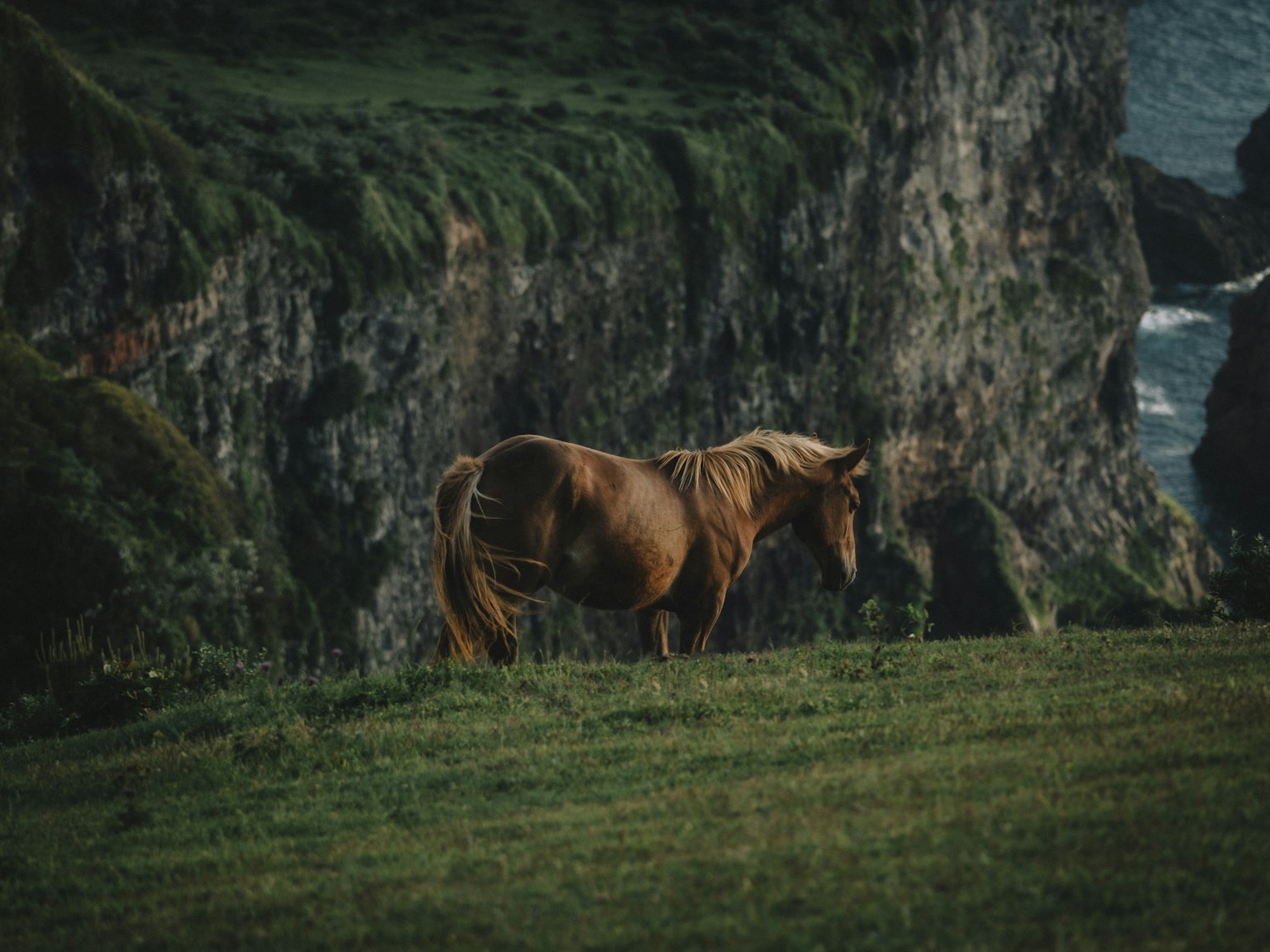
Image by MIYASHITA NAOKI
Q5. Music Recently Listened To
Since starting work in video, I've had fewer opportunities to discover new music. While editing, I immerse myself in an environment that matches the concept, so I can't listen to other sounds. There was a time when I realized I didn't know how to incorporate music anymore. Recently, I've been asking models I work with for recommendations, picking up music from movies and web dramas using Shazam, or exploring recommendations on Spotify.
I've loved music since my student days, often listening to radio stations like 'α-STATION' and 'FM802' while in Kyoto. I used to frequently visit the 'Virgin Megastore' in the basement of Kyoto BAL after school, though it's no longer there.
Recently, I've been listening to mixtapes created by a friend who's a sound creator and music generated using a system called 'AISO'.
Q6. Where You Usually Buy Clothes
My approach to buying clothes has changed completely since I started working in video. I now choose based on functionality. If I find a size that fits in a store, I tend to buy from that brand.
These days, I often buy from 'and wander' and 'Graphpaper'. I've liked 'Graphpaper' even before I prioritized functionality.
Q7. Equipment Preferences
When I started working, I used a 'Canon 6D', then a 'FujiFilm XT-3', and now I mainly use a 'Leica SL2-S' for both stills and movies.
For movie-only projects, I use a 'Blackmagic Pocket Cinema Camera 6K Pro', and for stills, a 'Hasselblad X2D'. When shooting personal work, I often use a 'Sigma fp L'.
I've used about 20 cameras so far. I have a desire to get as close as possible to the image I want to express in my mind. Especially with video capabilities, the specs have noticeably improved with each new model, so I frequently upgraded cameras.
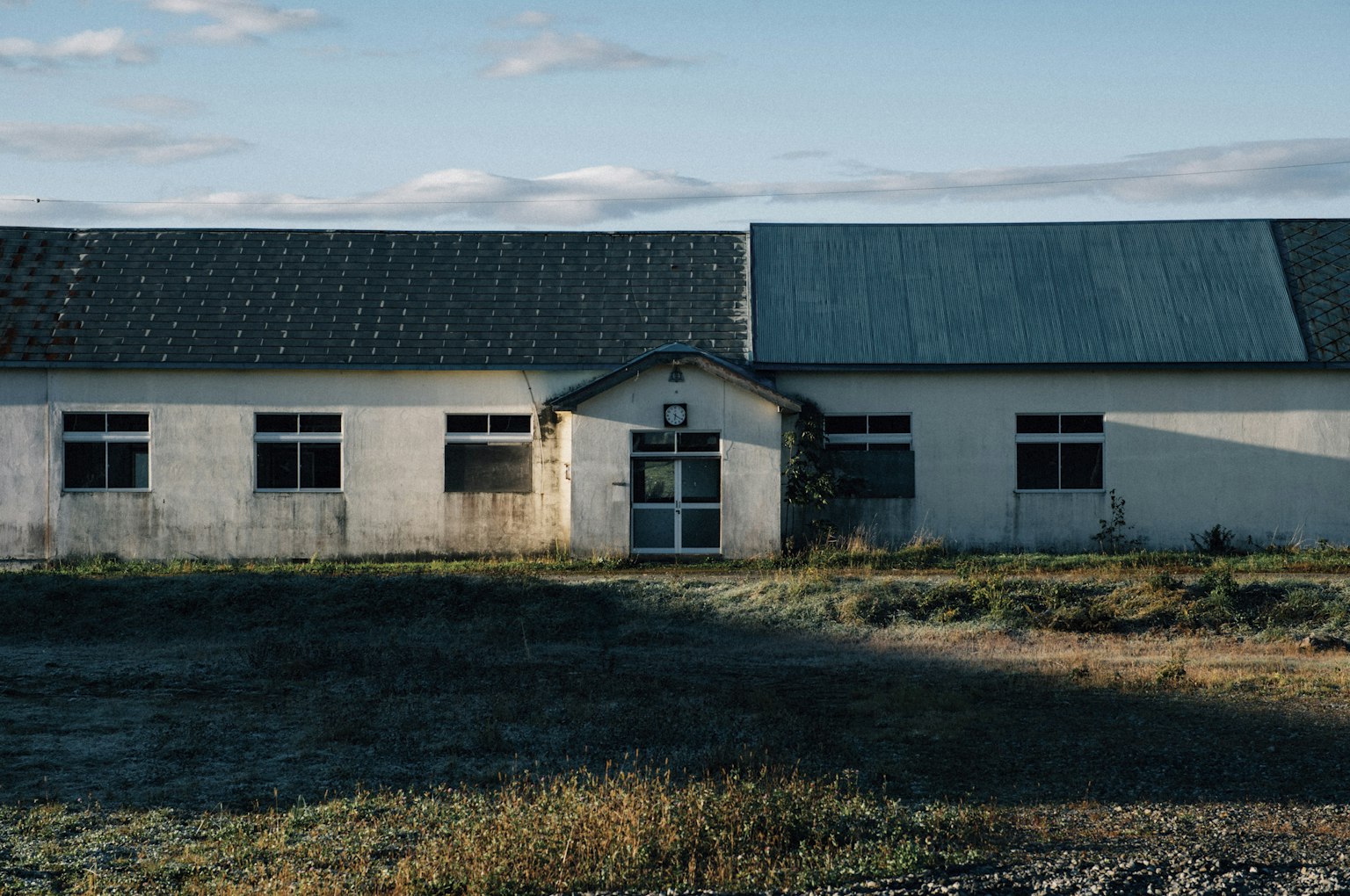
Image by MIYASHITA NAOKI
Q8. Cameras You Want to Try
I've used all brands except Nikon and Olympus. Currently, I'm monitoring the 'z8', and it's my first time using Nikon. However, it has too many features, and the menu is confusing.
It made me realize how few settings I usually work with.
I'm looking forward to the next Leica SL-3, and in terms of future prospects, I'm also excited about the next-generation Sigma.
Q9. Challenges as a Creator
As an individual, resources are limited. When working with a team on a larger scale, budgets are more flexible, making it easier to pursue quality. However, there are also situations where working individually has its advantages, so a team isn't always better. Still, there are times when I envy what I don't have.
Q10. What You're Looking Forward To
In terms of choosing tools, I feel I've been able to pursue equipment that suits me well over the past two years. I'm excited to see how much high-quality output I can achieve using them.
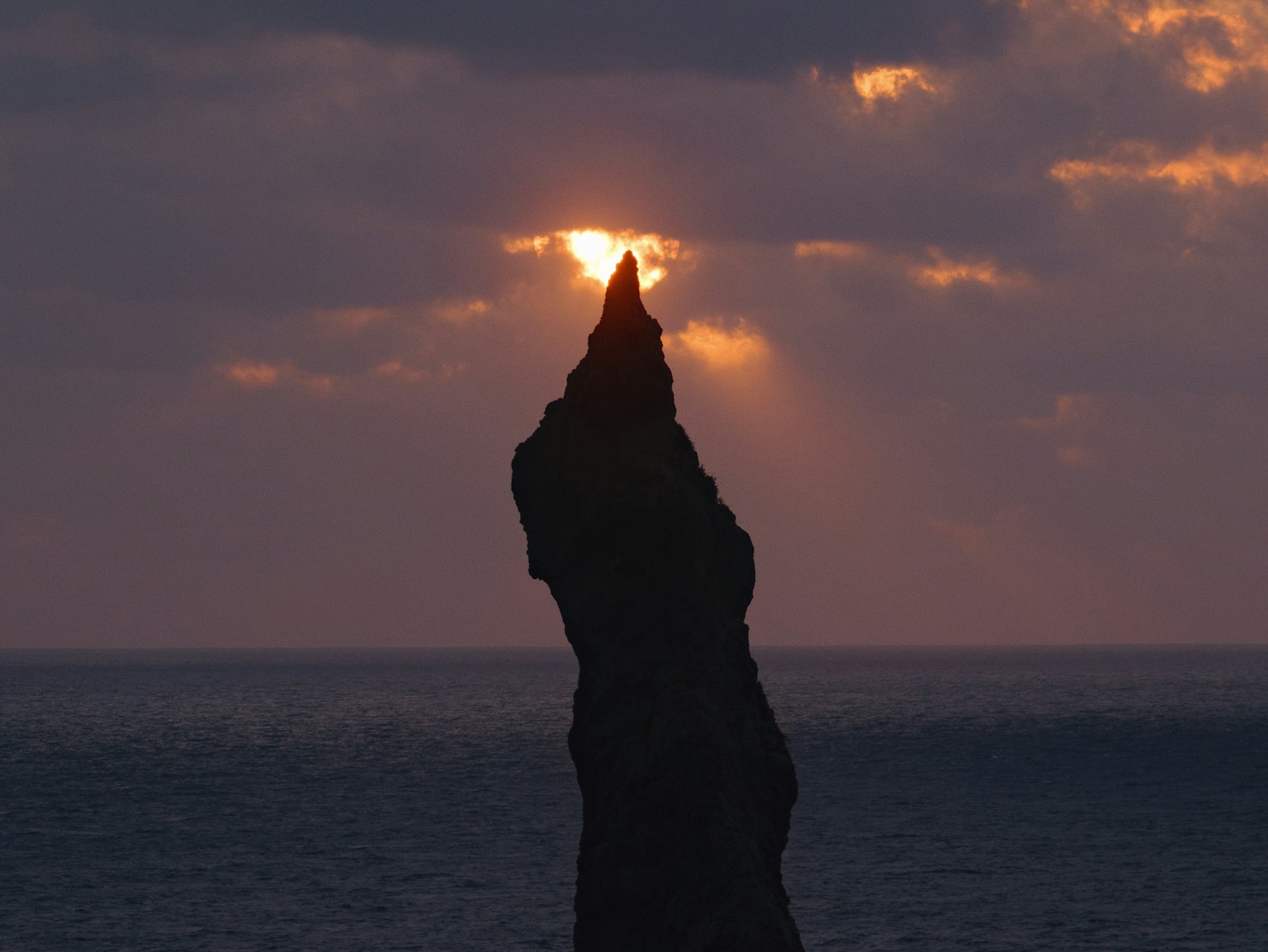
Image by MIYASHITA NAOKI
INFORMATION
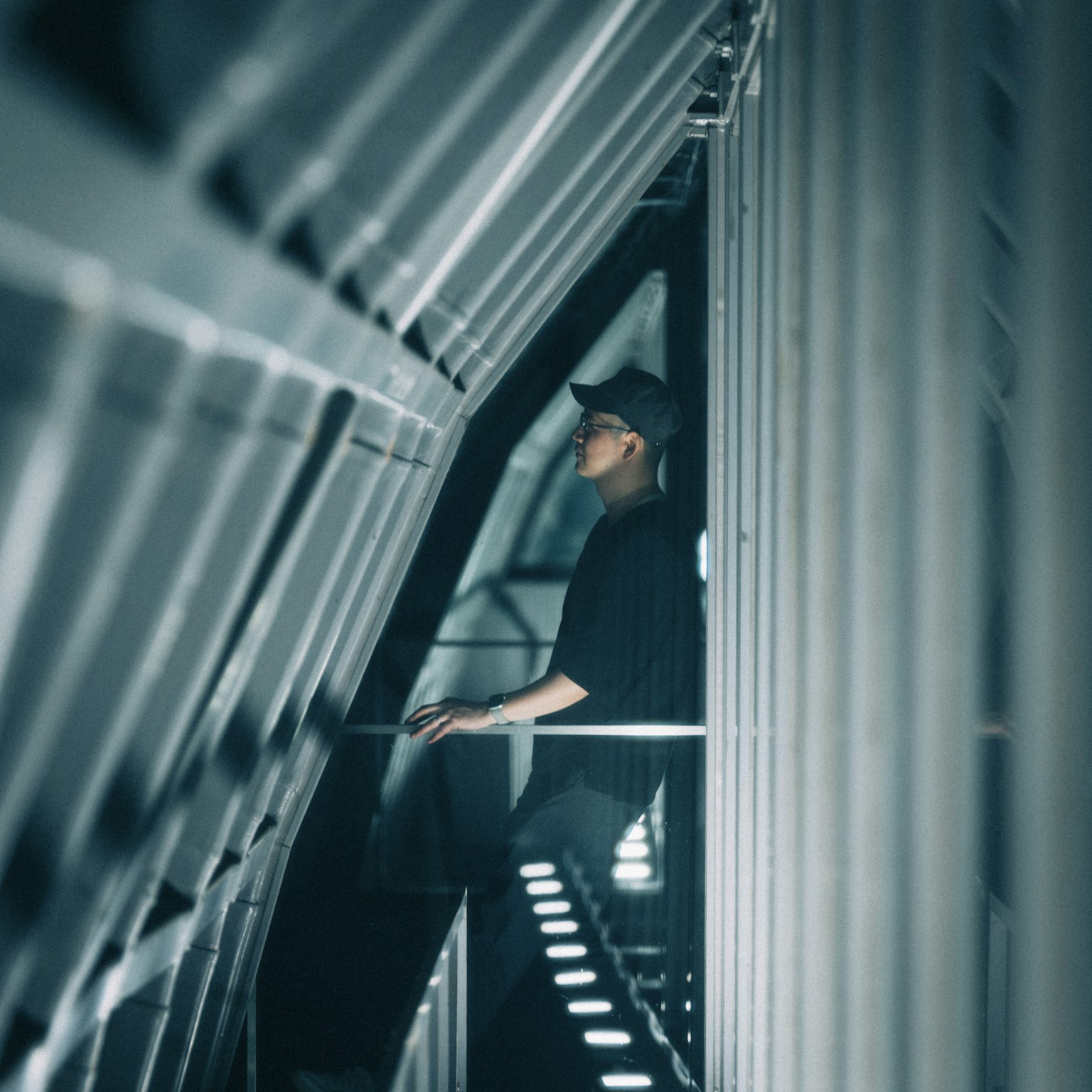
Naoki Miyashita / Since 2015, he has been working as a photographer and cinematographer, focusing on branding and promotion through photography and video expression. He is known for branded documentaries that convey the worldview of products and brands without being bound by language. Born in Kyoto in 1978.
2018, 2020-2023: KG+
2021: Finalist in the 8th BOVA (Brain Online Video Award) General Public Category
2022: Finalist in Nikon Presents - Vertical Movie Award 2022
cizucu: MIYASHITA NAOKI
Twitter: @naoki_miyashita
Instagram: @naoki_mi
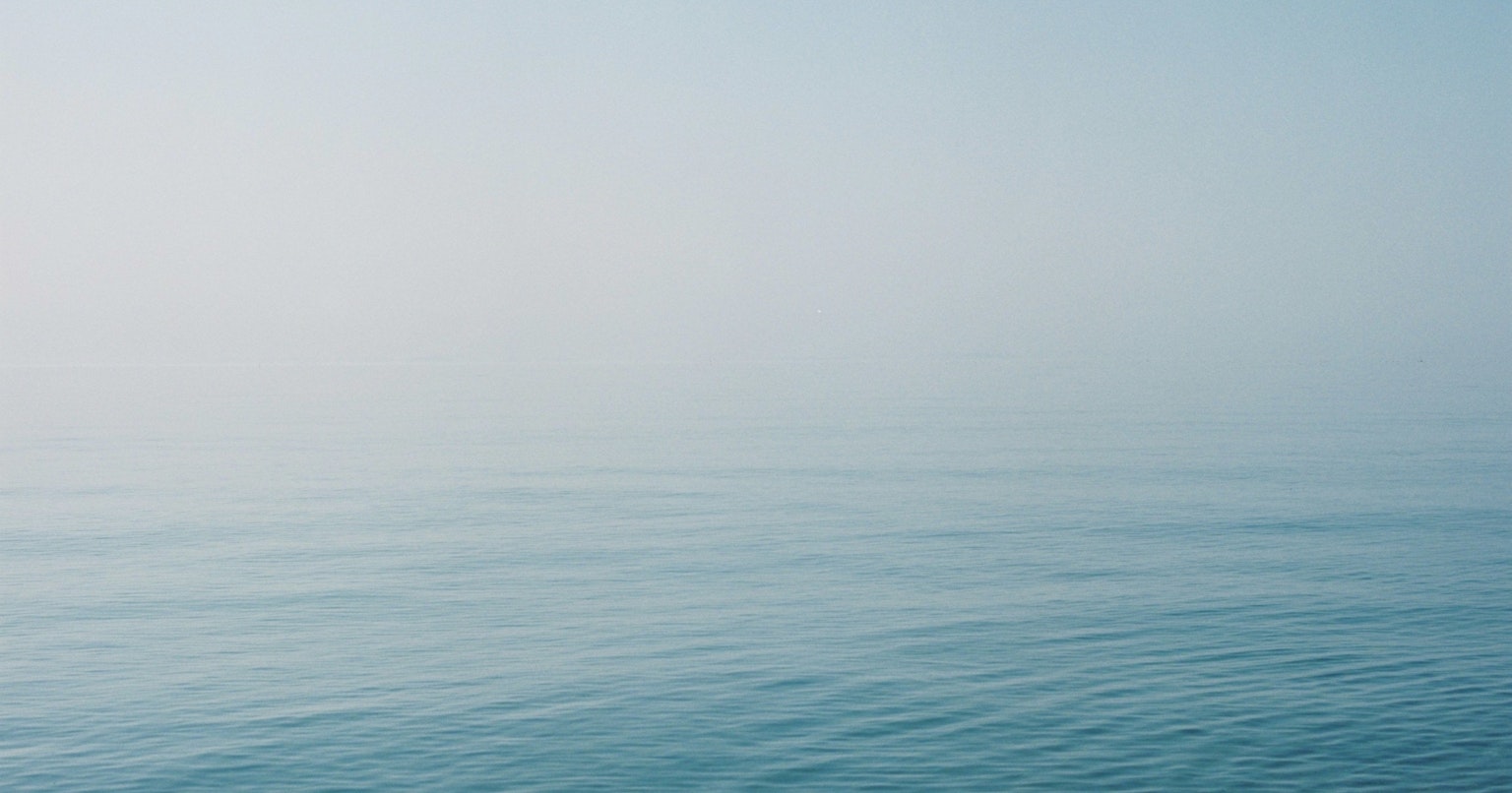
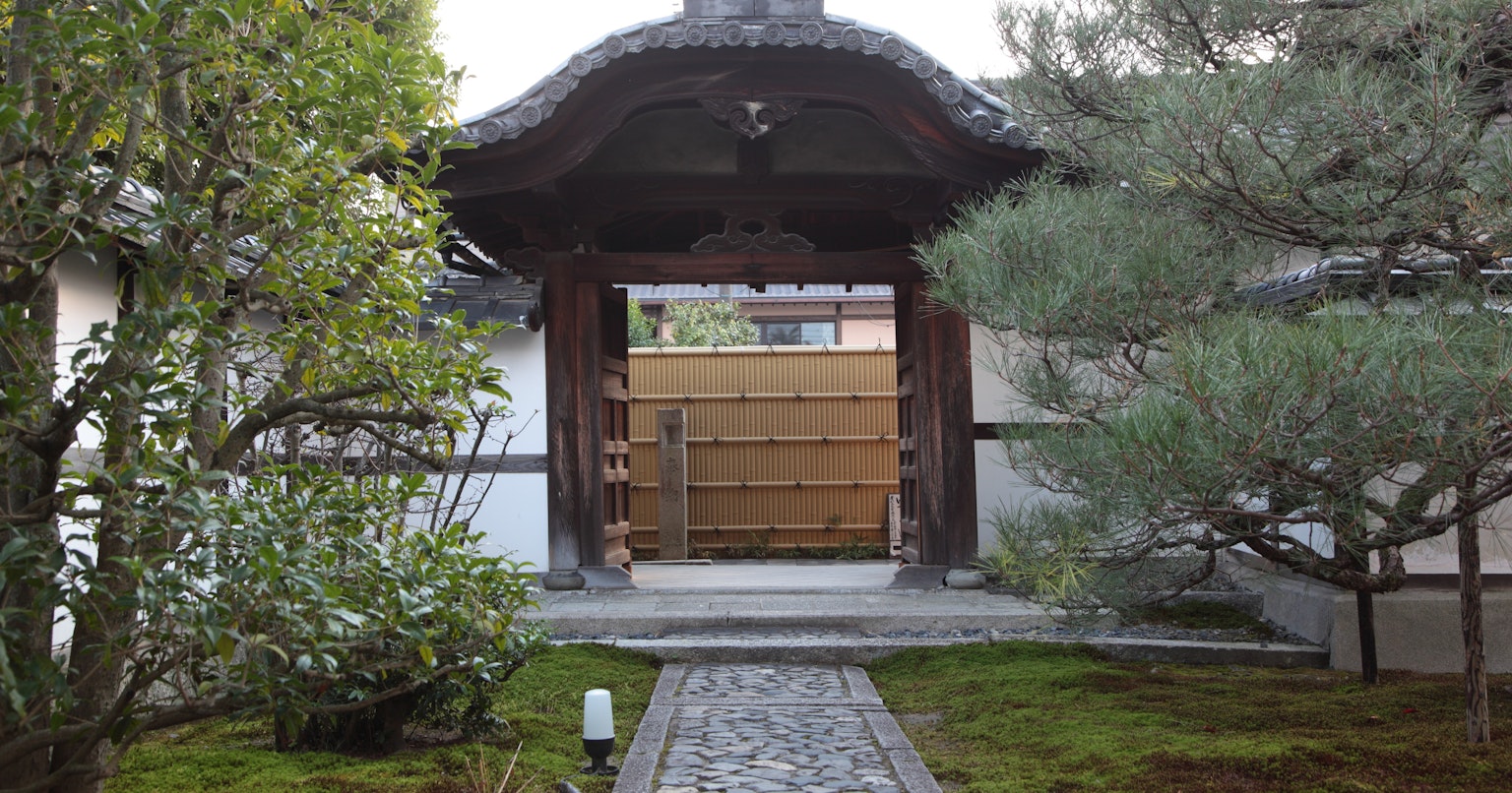
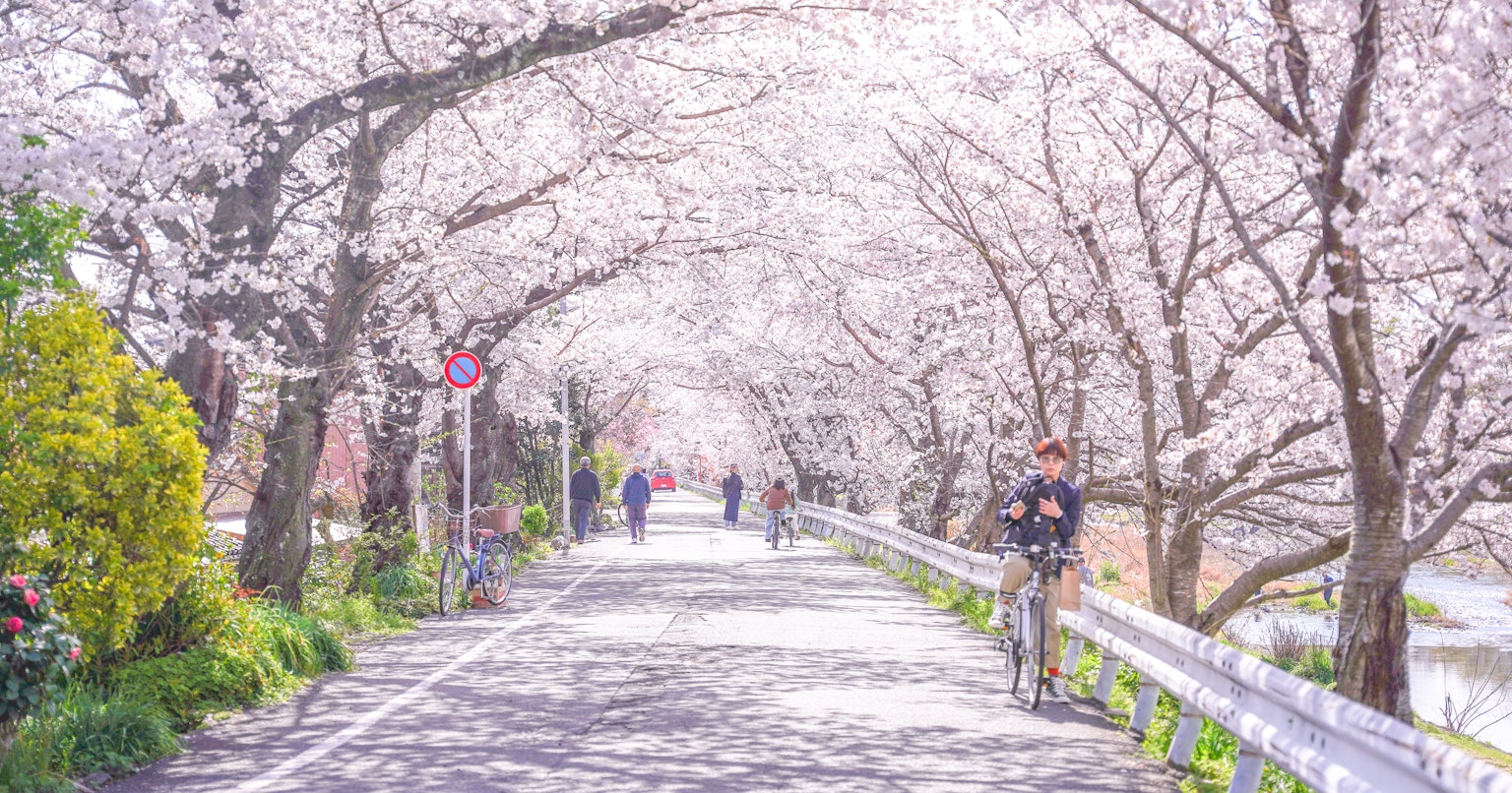
.jpeg?ar=1200%3A630&fit=crop&auto=format%2Ccompress&w=1536&q=75)